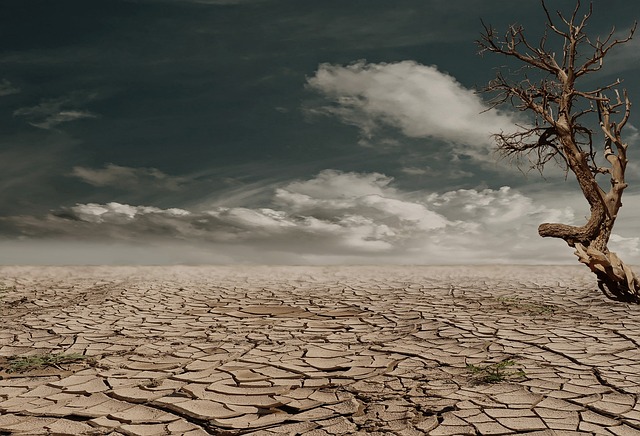Understanding Soil Erosion in Extreme Weather Conditions
As we navigate through an era of increasing climate change, the effects on our environment are becoming more pronounced. One significant concern that has emerged is soil erosion, a process that poses grave threats to our ecosystems and agricultural productivity. With extreme weather events becoming more frequent and intense, understanding the relationship between these phenomena and soil erosion is imperative for safeguarding our environment and ensuring food security.
The Role of Extreme Weather
Extreme weather conditions, such as heavy rainfall, hurricanes, and prolonged droughts, can drastically accelerate the rate of soil erosion. Heavy rains can wash away the nutrient-rich topsoil that is essential for plant growth. When storms bring winds powerful enough to uproot plants, the soil is left bare and vulnerable. This not only diminishes soil quality but also leads to sedimentation in waterways, affecting aquatic ecosystems far downstream.
Climate Change and its Consequences
Climate change acts as a catalyst for extreme weather events. As global temperatures rise, the atmosphere can hold more moisture, creating the potential for more intense storms and rainfall. This increase in precipitation can lead to flash flooding and soil erosion, resulting in the loss of fertile land that could otherwise be used for farming or supporting local flora and fauna.
The Human Impact
The consequences of soil erosion extend beyond environmental degradation; they touch every aspect of human life. Farmers struggle to maintain their crops as the soil they rely on for nourishment washes away. Communities that depend on agriculture for their livelihoods face uncertainty and economic challenges. Moreover, the loss of soil integrity can lead to reduced biodiversity, impacting food systems and increasing vulnerability to climate-related disasters.
Taking Action Against Soil Erosion
As individuals and communities, we can contribute to solutions that mitigate soil erosion. Sustainable land management practices such as crop rotation, cover cropping, and the use of terracing can help preserve soil integrity. Additionally, restoration efforts that focus on reforestation and wetland conservation can strengthen the resilience of our ecosystems against the ravages of extreme weather.
The Path Forward
Addressing soil erosion will require collective action informed by sound scientific research and community engagement. As we face the realities of a changing climate, it is essential to educate ourselves and advocate for policies that protect our environment from the impacts of extreme weather. Understanding the intricate relationship between climate change and soil erosion is not just an academic exercise; it is vital for building a sustainable future for our planet.




